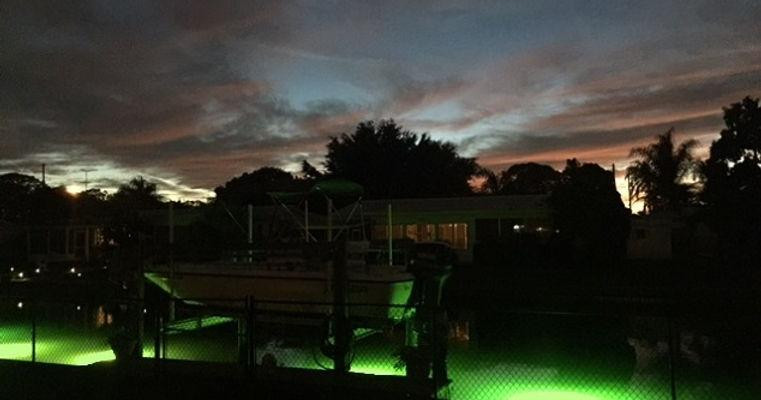Illuminating the Deep: A Guide to Underwater Fishing Lights
Fishing enthusiasts are always on the lookout for ways to enhance their catch, and one innovation that has dramatically transformed the sport is the use of underwater fishing lights. These lights, designed to attract fish by mimicking natural light patterns, have become an essential tool for anglers aiming to maximize their success. This article explores the benefits of underwater fishing lights, their types, and tips for effectively using them.
The Magic of Underwater Fishing Lights
Underwater fishing lights work by attracting plankton, which in turn draws in smaller baitfish. Larger predator fish follow, lured by the abundance of prey. The lights essentially create a mini ecosystem that draws fish to your location, making it easier to catch them. This technique is particularly effective at night or in murky waters where natural light is minimal.
Types of Underwater Fishing Lights
Submersible LED Lights:
Advantages: Durable, energy-efficient, and available in various colors. LED lights are known for their long lifespan and low power consumption.
Best For: General fishing in both saltwater and freshwater environments.
Halogen Lights:
Advantages: High-intensity light output and effective over long distances.
Best For: Deep water fishing where powerful illumination is necessary to penetrate the depths.
Fluorescent Lights:
Advantages: Good for attracting specific types of fish, such as those that are sensitive to UV light.
Best For: Targeting particular fish species that respond well to UV or colored lights.
Solar-Powered Lights:
Advantages: Environmentally friendly and cost-effective in the long run due to no ongoing energy costs.
Best For: Remote areas where power sources are unavailable or impractical.
Choosing the Right Underwater Fishing Light
When selecting an underwater fishing light, consider the following factors:
Type of Water: Freshwater or saltwater environments may require different types of lights.
Depth: The depth at which you plan to fish can influence the type and intensity of the light needed.
Fish Species: Some species are more attracted to specific colors or light types.
Power Source: Decide whether you prefer a battery-operated, AC-powered, or solar-powered light based on your fishing conditions and convenience.
Effective Use of Underwater Fishing Lights
To make the most of your underwater fishing lights, follow these tips:
Placement: Position the light at an appropriate depth and distance from your fishing spot. The ideal placement often depends on the species you are targeting and the type of light you are using.
Timing: Lights are most effective during low-light conditions such as dawn, dusk, or nighttime. Experiment with different times to find the optimal period for your target fish.
Patience: It may take some time for the fish to respond to the light. Give it time and avoid making too many changes too quickly.
Maintenance: Regularly check and clean your lights to ensure they are functioning correctly and free from debris.
Conclusion
Underwater fishing lights offer a powerful way to enhance your angling experience by drawing fish to your location with minimal effort. By understanding the different types of lights available and following best practices for their use, you can significantly increase your chances of a successful catch. Whether you’re a seasoned angler or a newcomer to the sport, investing in quality underwater fishing lights could be the key to unlocking new fishing opportunities and enjoying more productive outings on the water.
For More Info:-


Comments
Post a Comment